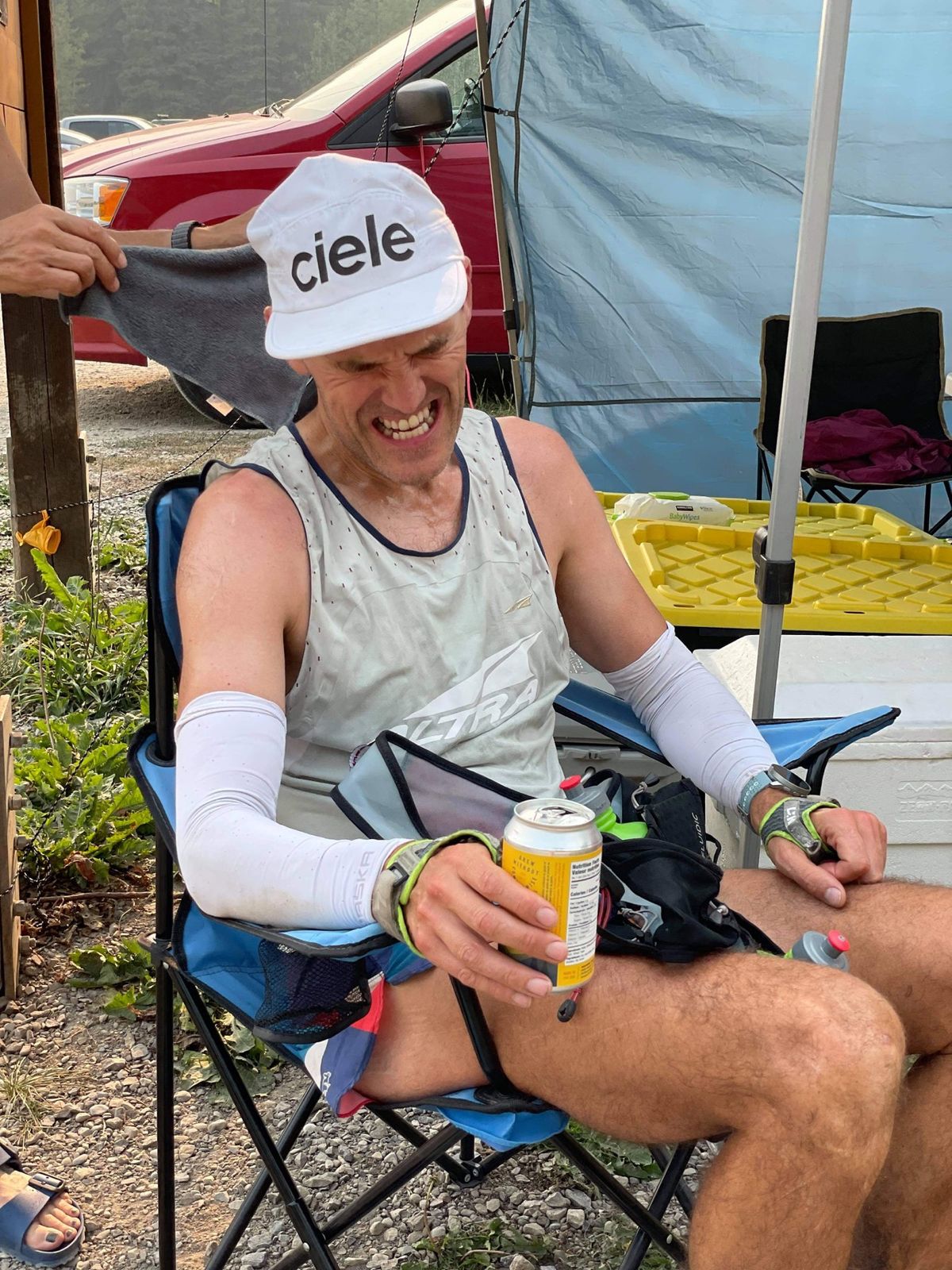I’m Injured! A case study in what not to do.

Statistics show that in any given year as many as 70-80% of runner sustain some sort of injury, and as much as I hate to say it, I’m currently one of them. I have achilles tendinitis affecting my right side, and a bruised heel on the left side. I’m rarely injured, and I can count on one hand the number of days I’ve missed due to injury over the last decade. I look after myself and, well, I write articles on how to avoid injuries! I’m an expert in this area, but from time to time we all do something inexplicable. I’be been reflecting, and there is no doubt that I only have myself to blame for this one. This wasn’t just some freak roll of the ankle either, or an unfortunate slip in the mud. No, pure and simple this injury was caused by the perfect storm of my own actions, and if I were sitting as a patient in my own office, then Sport Doc me would be thinking “well, what did you expect….”
The timeline goes a bit like this.
I last raced in February 2020 - the pandemic essentially led to my usual 4 or 5 races per year (mostly ultramarathon distance) being cancelled. Fast forward to August 2021. I excitedly lined up for the Iron Legs 100km race in Kananaskis. 18 months with no racing, and now a beautiful 100km trail race with 5000m of climbing; and I raced well, and even took the win! I took a few days off, the achilles was tight and a little swollen, but it often is; nothing to worry about. Back to some mid week intensity with my running group! Mid September, I still have a sore achilles, but look, another race! Castle Mountain trail race, only 30km, 2000m of climbing! The fitness is good, forget about that achilles, it’s a short race; another great race, and another win! All that climbing really worked the achilles, but it will settle, it always does! Climbing is my strength! Two weeks later: ”mmm, I may be injured” but an invite to join a team for the Grizzly ultra! ”Sure, happy to jump in!” 14km flat out, and now the achilles is really sore. Because my gait was a little off I crashed down hard on a rock, bruising my other foot. A calcanea fat pad bruise. I can barely walk afterwards. Now I really am injured. Time to reflect.
This story highlights a few very obvious mistakes, and hopefully some learning points.
First and foremost, racing is hard, and puts a huge strain on the body. Whether it be ski racing, mountain or road biking, marathons or ultras, we push ourselves hardest in competition. These hard efforts require additional rest periods. Our muscles, ligaments and tendons need time to repair, and that just cannot be rushed. Biology happens at its own pace, and there really isn’t a lot you can do to impact that, other than taking care not to add more stress and strain too soon. Most overuse injuries really are a case of ‘too much, too soon’. Clearly I did too much.
Secondly, ‘load management’ is a buzzword term I’ve been hearing in NBA and NHL circles lately. A couple of seasons ago, NBA legend Lebron James sat out a few games late in the season, as part of a load management scheme. Fans weren’t happy, they wanted to see their star player out there doing his thing, but it made perfect sense, as his team was assured a post-season slot,; why risk injury to your best player in meaningless games? This is load management. When I think about my achilles, it seems clear that 3 races, in quick succession, each involving a lot of hard uphill running, was not smart! I got over-excited. Racing was back on the calendar, and I seemed to be in great shape with two wins. I should have been dialling back, and making better decisions with regards to load. Uphill running puts huge strain on the achilles, and I clearly pushed beyond that level, with insufficient rest. An injury was inevitable.
Thirdly, it’s important to listen to those niggles. I’ve had a few minor achilles twinges over the years. I know what it feels like, and I know how to manage it. I do a lot of calf raises in my twice weekly gym sessions, but that doesn’t mean that I’m injury-proof. Everyone has their limit, and there is always a breaking point. The biggest mistake I made throughout was not to react to the clear signs and symptoms of an obvious impending injury. I was limping every morning until I got warmed up! The first few minutes of every jog was a hobble, and I woke up more than a few times with a telltale ache in my foot. It seems all so obvious now! But in the moment, when we are feeling good, and having some success, the last thing we want to do is back off.
Three mistakes: too much load, not enough recovery time, and turning a blind eye to the obvious signs in the face of successful performances.
In my next column, I’ll discuss the management of achilles tendinopathy, what the research says, and what I’ve been doing to get back to running. In the meantime, listen to your body, don’t ignore those aches and pains, and enjoy this beautiful fall weather!